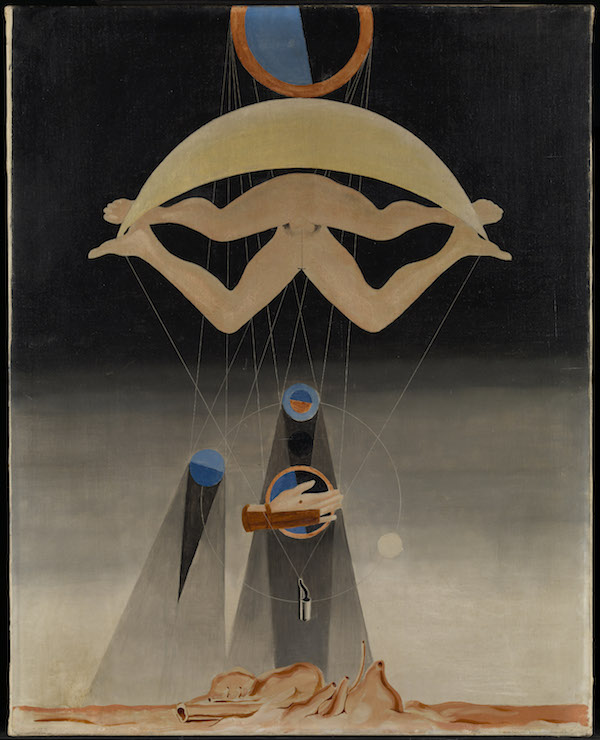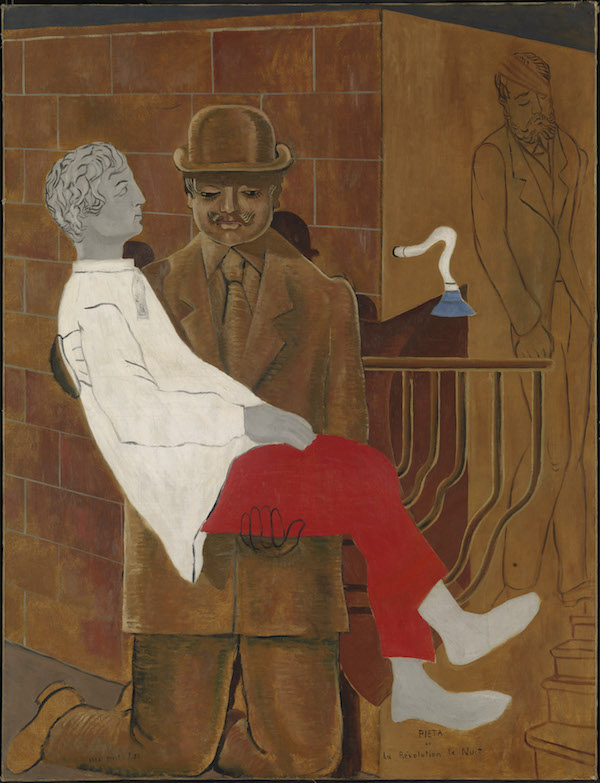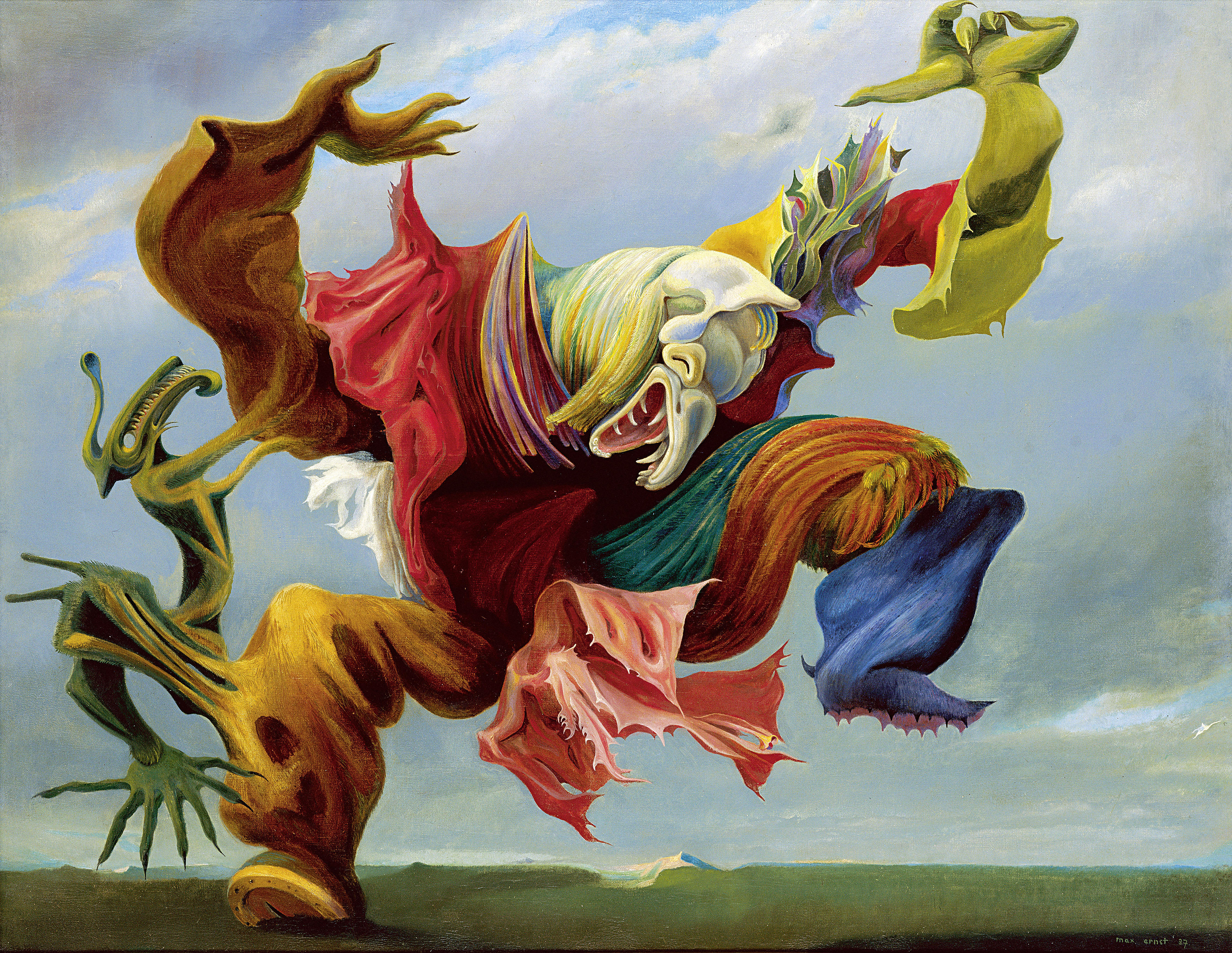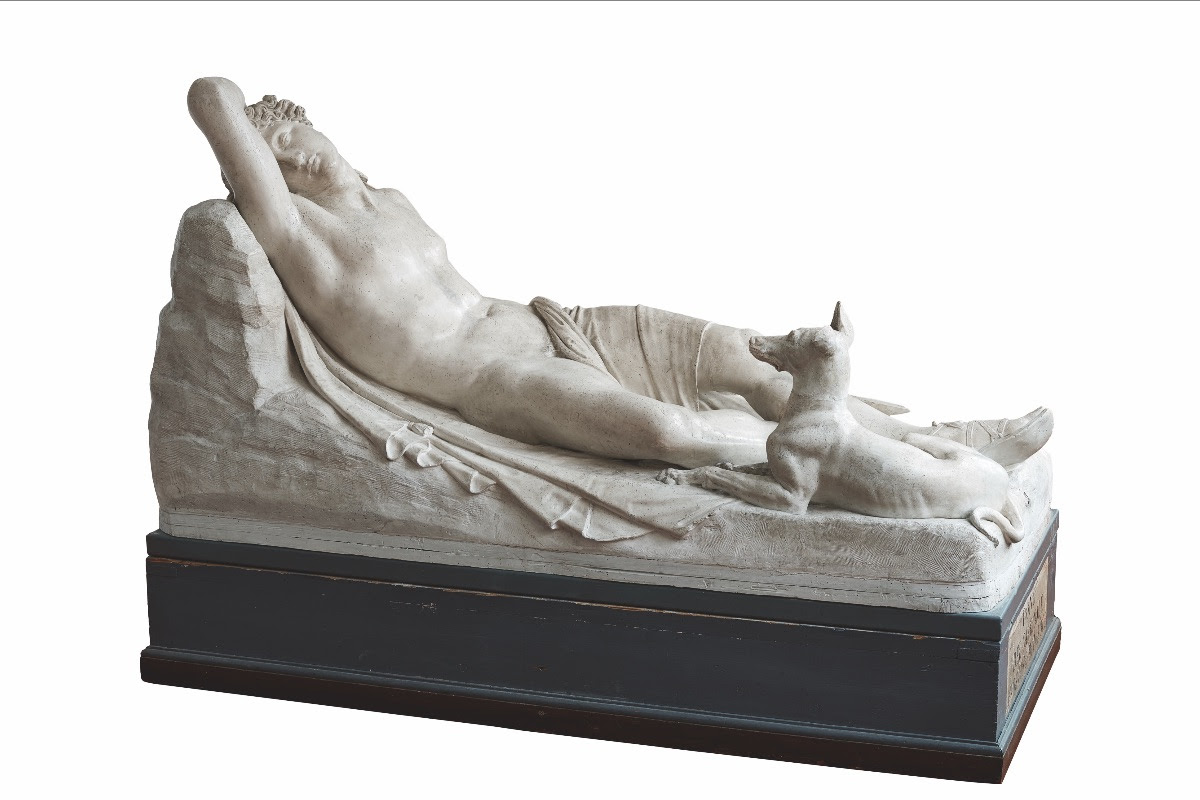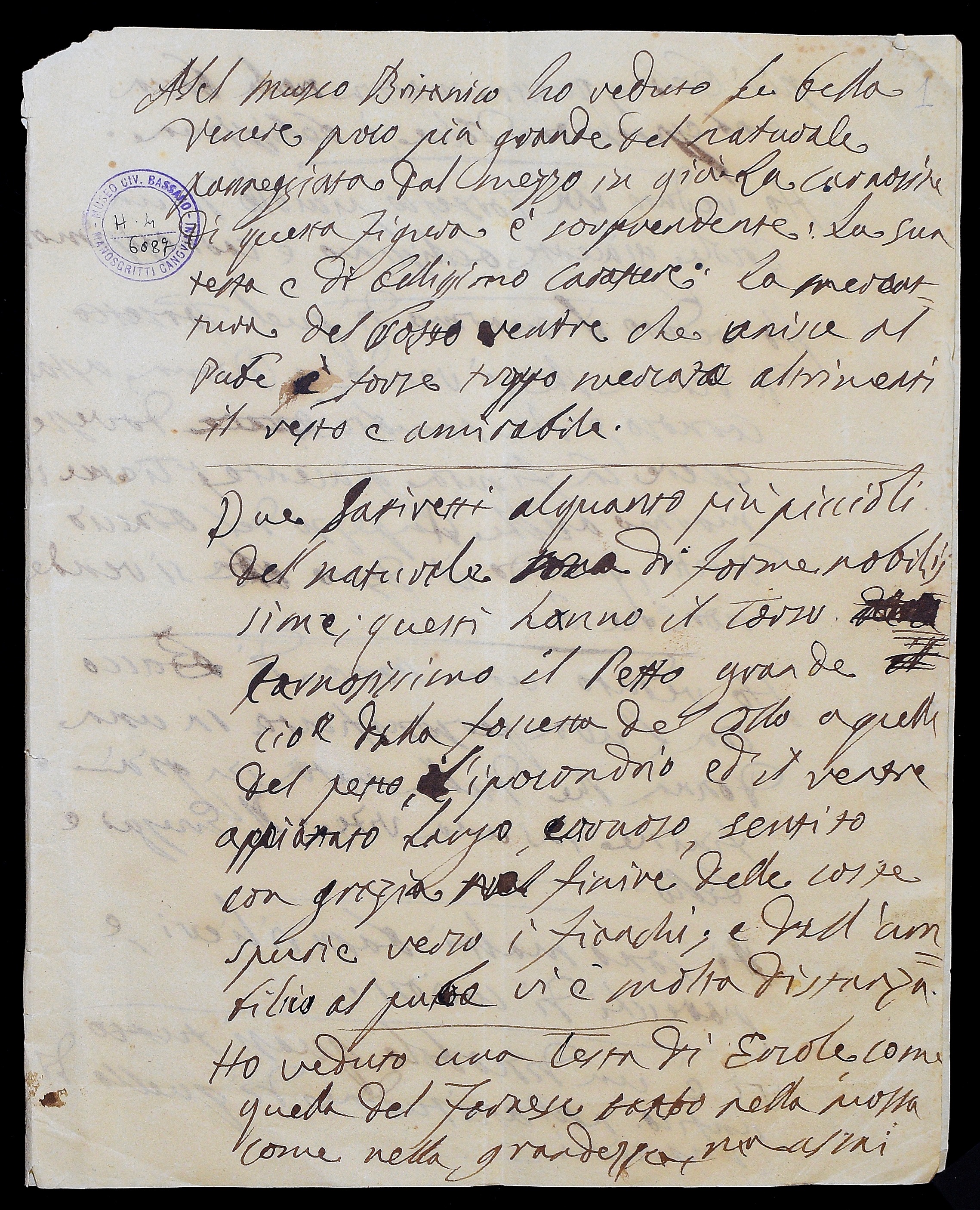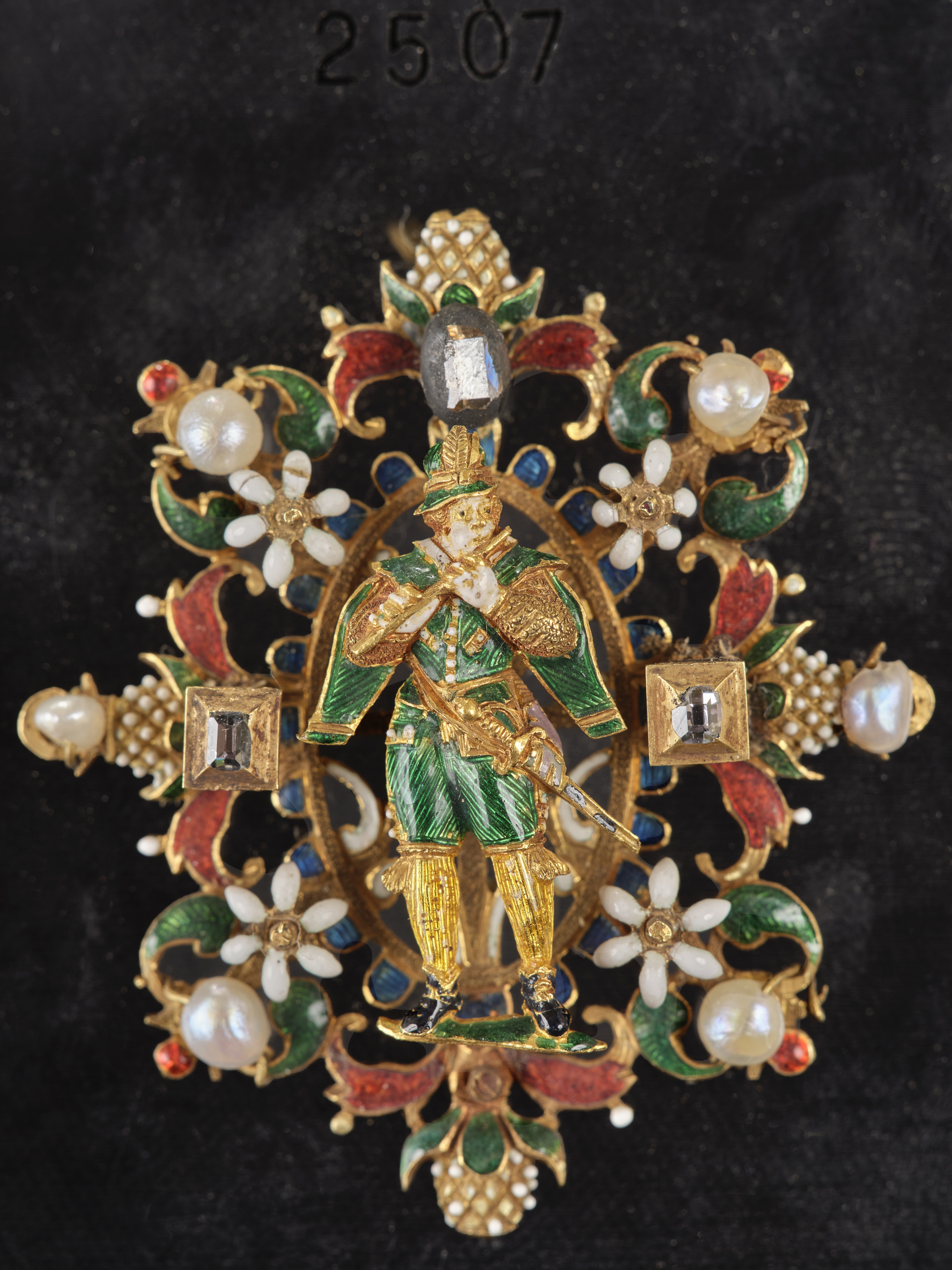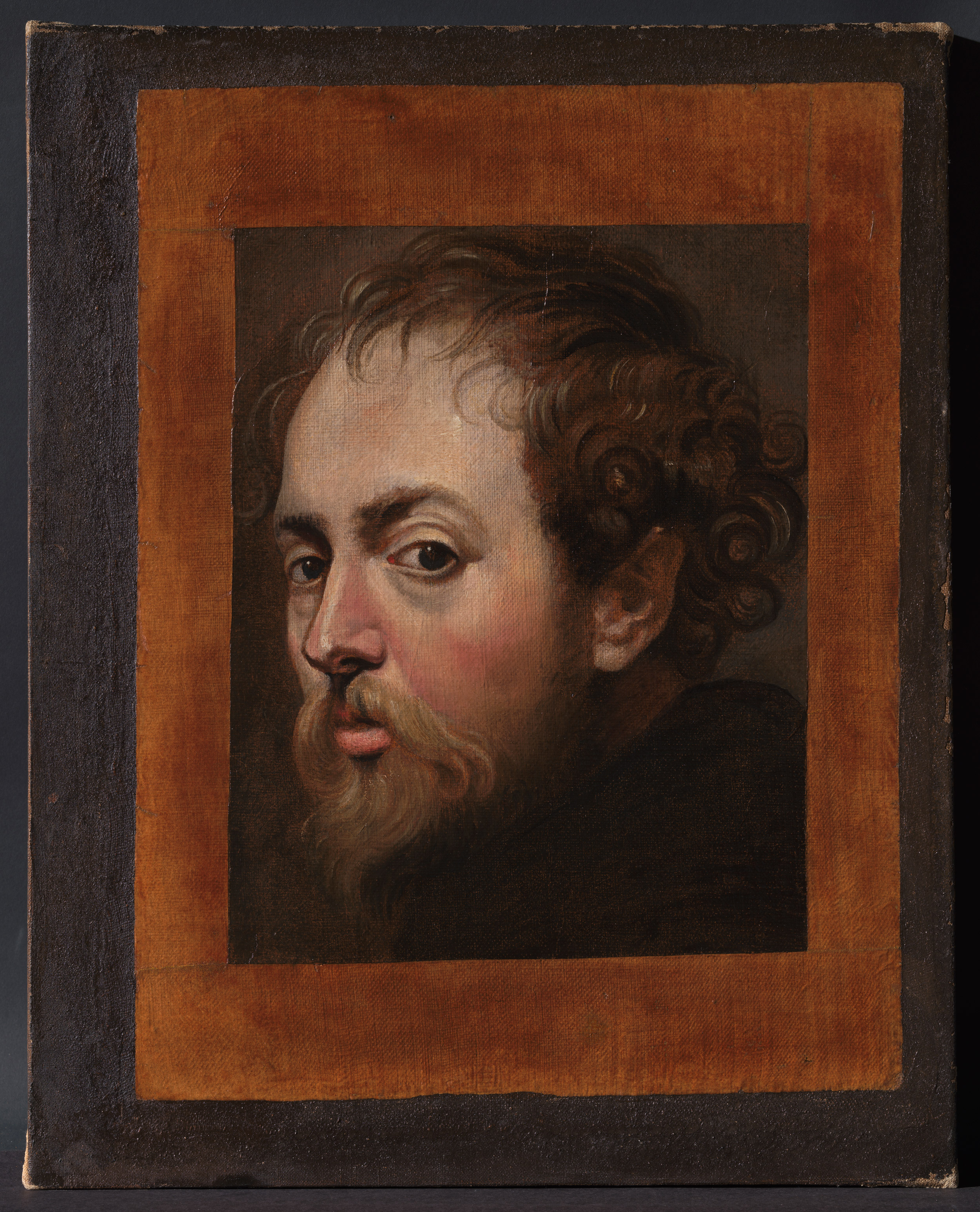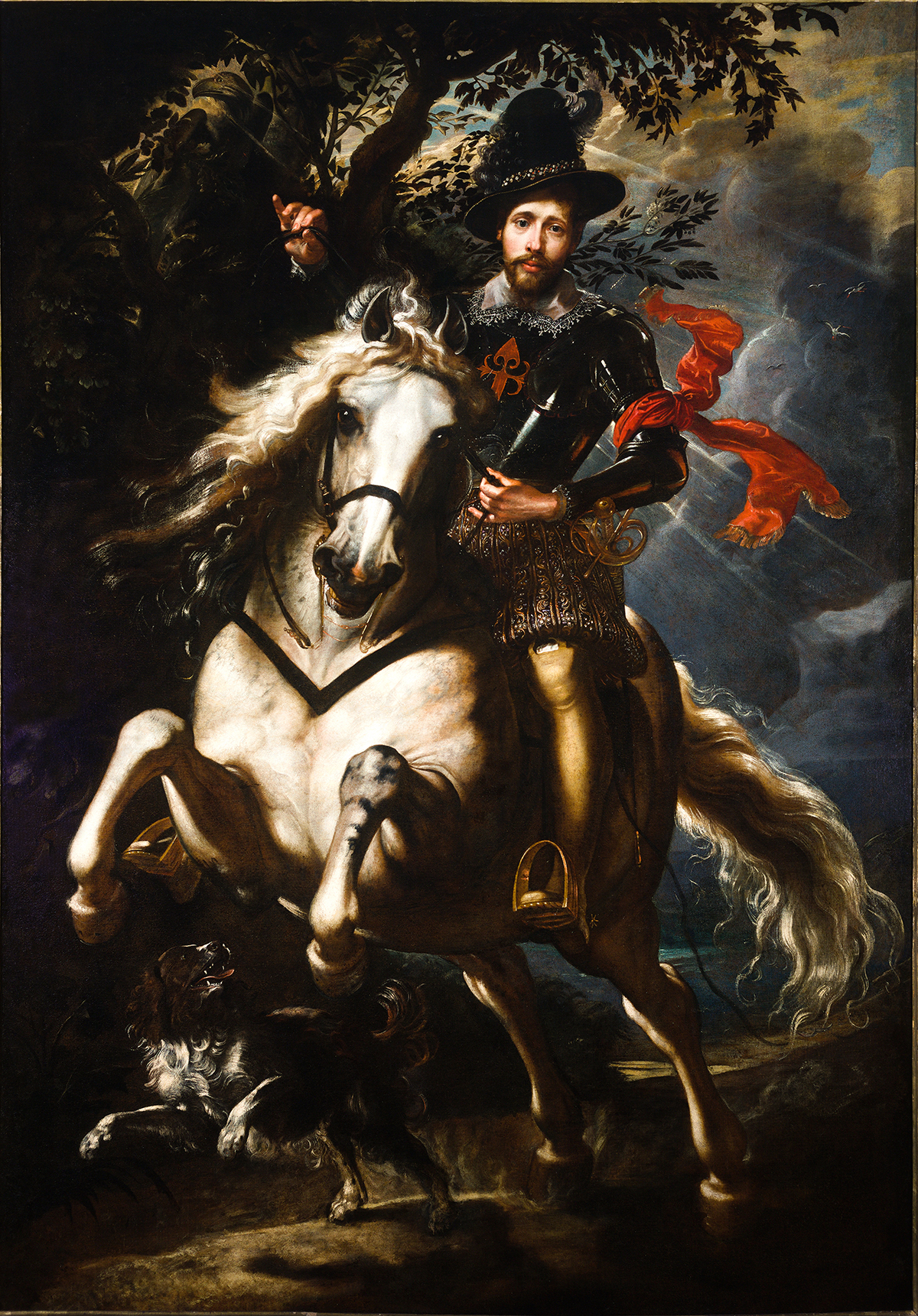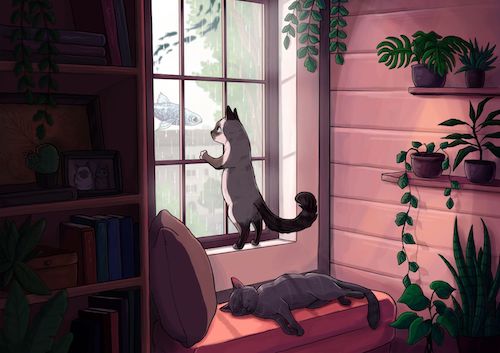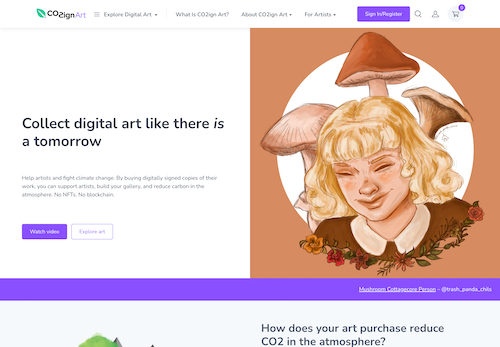Di Katie Rovito, stagista del terzo anno in Conservazione dei dipinti

Passeggiando per le gallerie d’arte britanniche, potresti notare un motivo screpolato o persino una trama simile a una pelle di alligatore sulla superficie di alcuni dipinti. Queste crepe si sono formate quando gli strati di vernice si sono asciugati in modo non uniforme. I pittori britannici della fine del 1700 erano notoriamente sperimentali, provando diversi materiali per imitare il…


